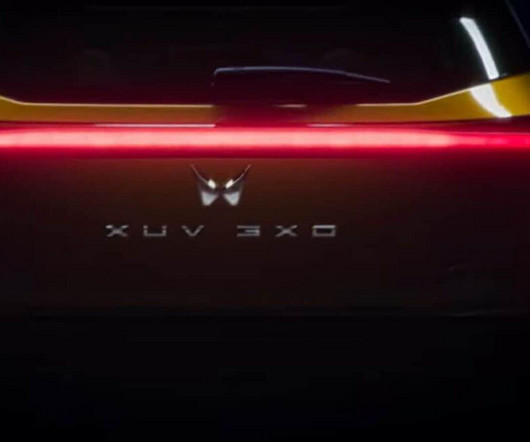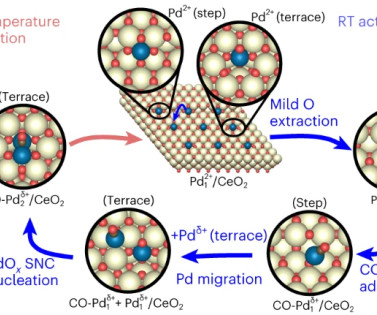Study finds “markedly” high levels of diesel exhaust present in commuter trains powered by locomotives in pull-mode
Green Car Congress
FEBRUARY 9, 2017
However, both measurements also act as proxies for the complex mixture of gases in diesel exhaust, which is an established carcinogen and associated with respiratory, cardiovascular and reproductive health effects. Cars being pushed by diesel trains during a return trip had air that was generally cleaner than that next to busy city streets.


























Let's personalize your content